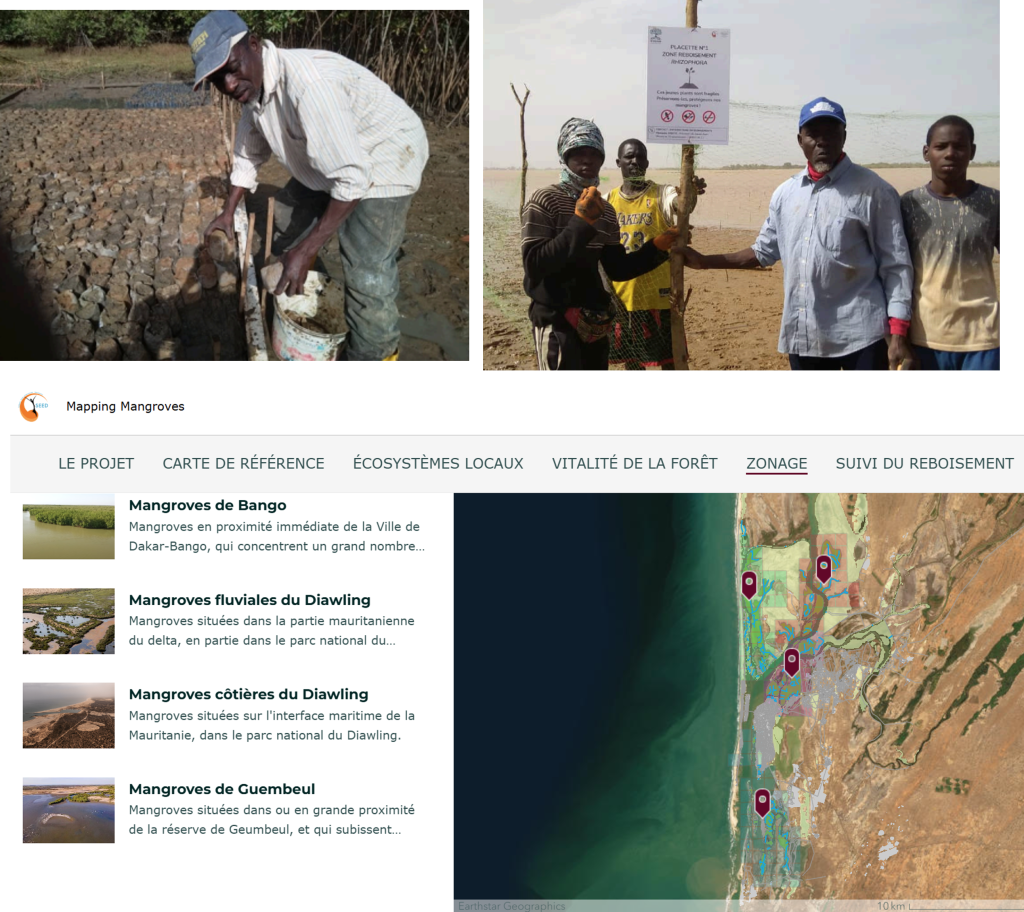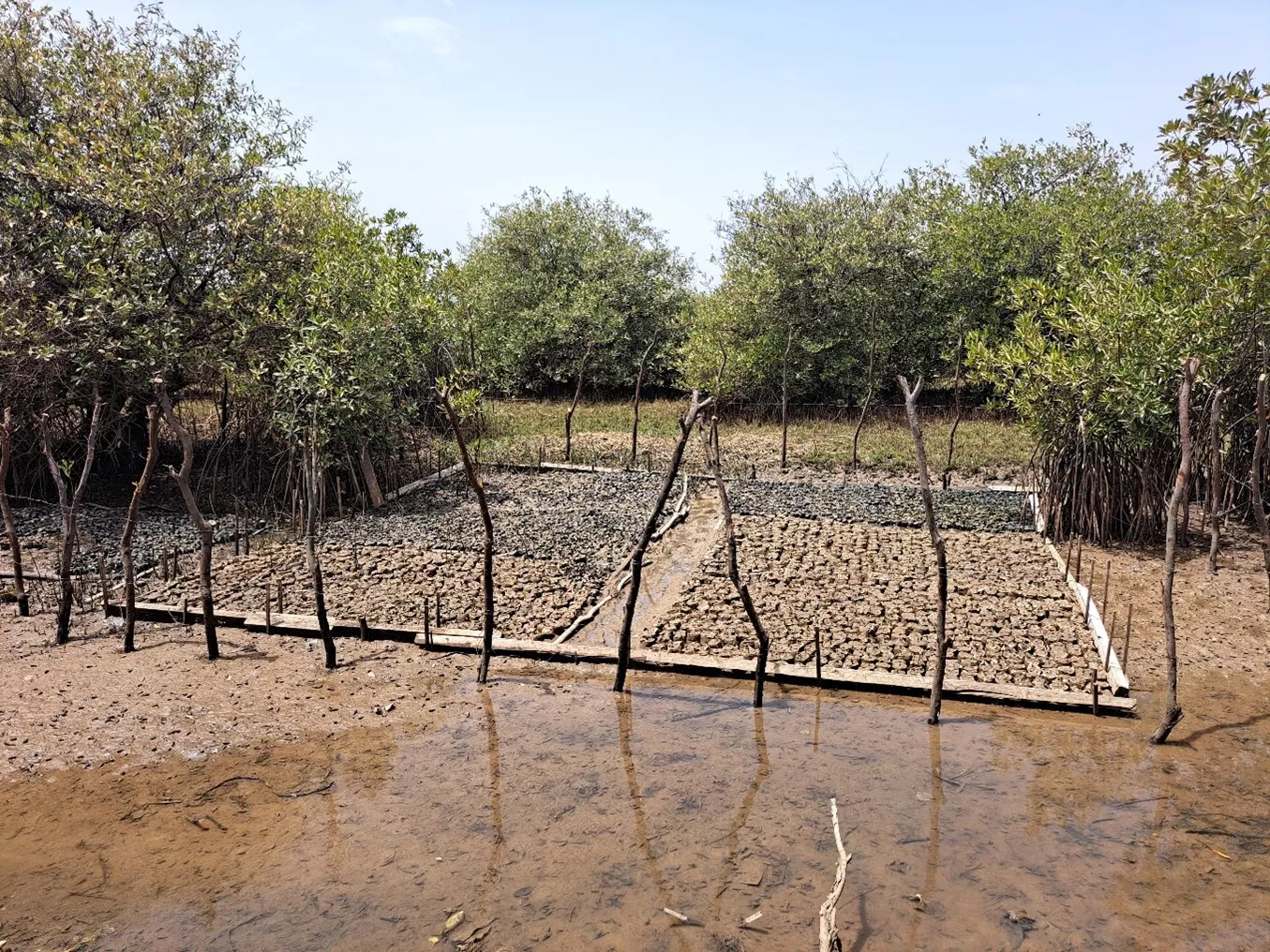en

The SEED Association
Missions
 Winner of the 2023 Annual Campaign on the theme of developing and sharing knowledge on costals wetland biodiversity
Winner of the 2023 Annual Campaign on the theme of developing and sharing knowledge on costals wetland biodiversity
Project : Mapping Mangroves
Date
2024
Localisation
Senegal
Context
Senegal has three mangrove ecosystems: in the south of the country, in the Casamance region; in the center, in the Sine-Saloum delta; and in the north, in the lower Senegal River delta. Since the 1970s, 40% of the country’s mangrove areas have disappeared under the dual pressure of human activity and global warming, which is affecting wetlands on an international scale (UN). Since the 1980s, local public policies, the documentation of threatened ecosystems by various West African universities, and the protection and preservation actions undertaken by non-governmental organizations have helped to reduce the pressure on Senegal’s fragile zones.
Objective: To empower communities and actors involved in mangrove protection and regeneration.
Missions :
Regeneration and restoration with action protocols
Creation of a common culture
Action research program and participatory documentation
Support for local populations to change their practices (business)
Creation of an operational tool
These missions are structured around 5 activities:
- Documentation and data collection
- Involvement of communities and civil society
- Restoration of the Lower Delta mangroves
- Integrated economic activities respectful of the environment
- Development of advocacy
The duration of the project is approximately one year, starting in the first quarter of 2024.
News
The project is completed!
Here are the results:
64,400 plants, including 20,000 mangrove seedlings from the nursery established during the project, were replanted in two areas of the lower Senegal River delta by 20 people, enabling the reforestation of 6.4 hectares.
20 representatives from local economic interest groups (GIEs) and associations were trained over five days in beekeeping techniques and the use of typha, and were provided with equipment to develop professional activities based on mangrove resources.
616 students from 11 schools in the area, including Quranic schools, were educated about the mangrove ecosystem and the importance of its protection, offering them new professional perspectives and encouraging their involvement in environmental conservation.
An interactive mapping platform and toolbox, Mapping Mangroves, was developed and implemented.


Expertises
Key figures
50 000 euros